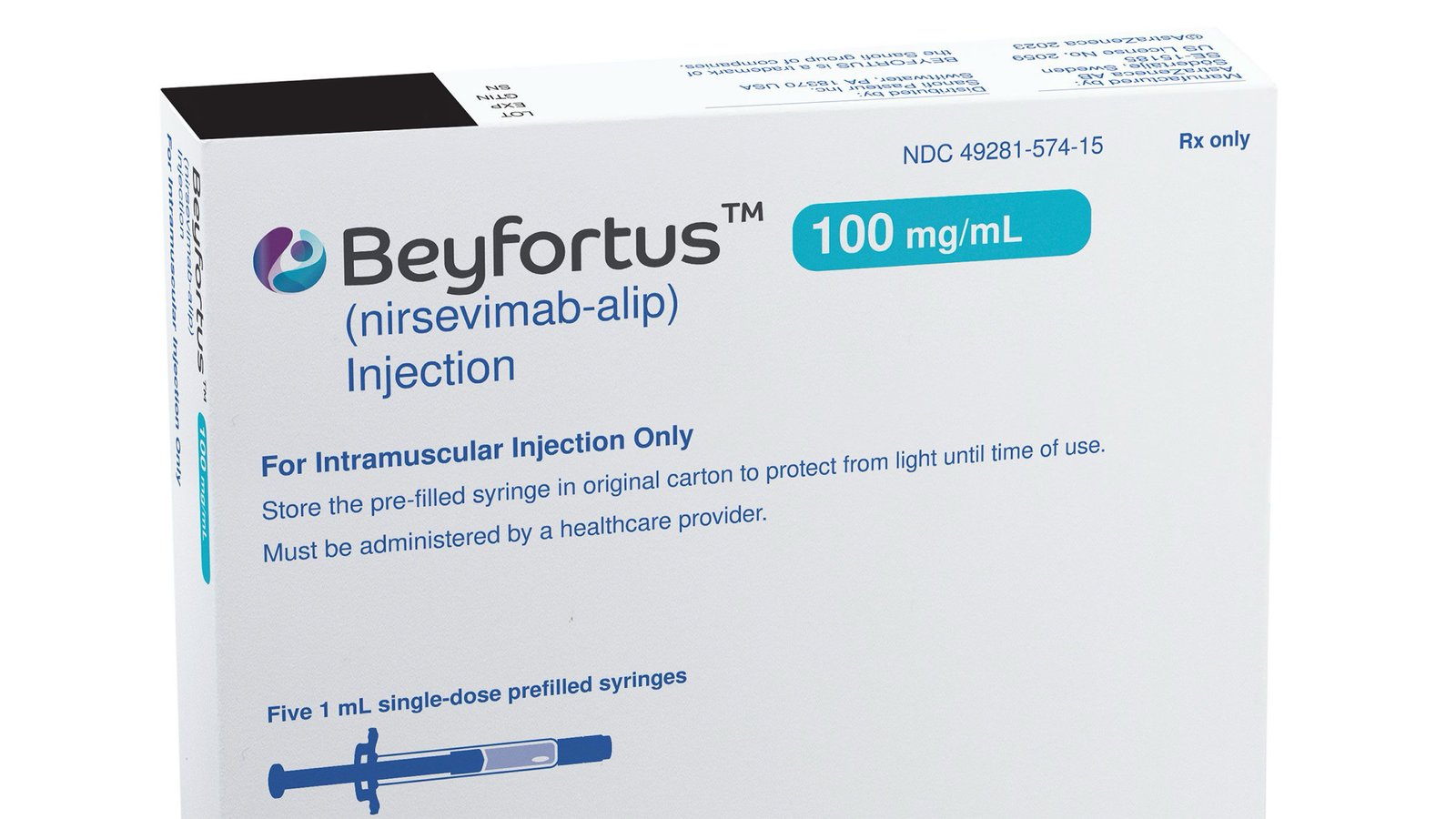Attention Deficit Hyperactivity Disorder (ADHD) is commonly associated with children, but many people are unaware that it can persist into adulthood. Adult ADHD affects millions worldwide, causing significant challenges in daily life. This condition often manifests in difficulties with focus, impulsivity, and time management, impacting work, relationships, and overall mental health. In this article, we’ll explore the signs, symptoms, and management strategies for adults with ADHD.
What is ADHD in Adults?
While ADHD is often diagnosed in childhood, many individuals continue to experience symptoms into adulthood. Some adults may not even realize they have ADHD until they face challenges in their work, social, or personal life. Adult ADHD may look different from childhood ADHD. Hyperactivity tends to diminish, but issues with attention, organization, and emotional regulation become more pronounced.
Key Symptoms of Adult ADHD:
- Inattention: Struggling to stay focused, frequently losing things, difficulty following instructions, and being easily distracted.
- Impulsivity: Making quick decisions without thinking, interrupting others during conversations, and difficulty waiting in line.
- Hyperactivity (in some cases): Feeling restless, fidgeting, and struggling to relax, though hyperactivity is less prominent than in children.
The Impact of ADHD on Daily Life
ADHD can affect various areas of an adult’s life:
- Work: Adults with ADHD may find it difficult to meet deadlines, stay organized, and maintain consistent performance. This can lead to underachievement and frustration in the workplace.
- Relationships: Impulsivity, emotional dysregulation, and forgetfulness can strain personal relationships, leading to misunderstandings and conflicts.
- Mental Health: ADHD can increase the risk of anxiety, depression, and low self-esteem, especially when it goes undiagnosed and untreated.
Diagnosis and Treatment of Adult ADHD
ADHD in adults is often diagnosed through a comprehensive evaluation, which may include behavioral assessments, medical history, and interviews with family members. It’s important to note that ADHD symptoms can overlap with other conditions, such as anxiety or mood disorders, so proper evaluation is crucial.
Treatment Options:
- Medication: Stimulants such as methylphenidate (Ritalin) and amphetamines (Adderall) are commonly prescribed. Non-stimulant options like atomoxetine (Strattera) are also available. Medications help improve focus and reduce impulsivity.
- Therapy: Cognitive Behavioral Therapy (CBT) is effective in helping adults with ADHD manage their symptoms. Therapy focuses on organizational skills, time management, and improving emotional control.
- Lifestyle Changes: Regular exercise, a structured daily routine, and mindfulness practices can greatly improve focus and reduce restlessness.
Living with Adult ADHD: Tips for Success
Managing ADHD involves adopting certain strategies to overcome its challenges:
- Create a structured environment: Use planners, digital apps, or sticky notes to keep track of tasks and deadlines.
- Break tasks into smaller steps: Focus on completing one task at a time rather than multitasking, which can overwhelm people with ADHD.
- Practice mindfulness: Mindfulness meditation has been shown to help adults with ADHD manage impulsivity and improve focus.
- Seek support: Join ADHD support groups or talk to a therapist who specializes in adult ADHD. This can provide a sense of community and coping strategies.
Conclusion: Empowering Adults with ADHD
Adult ADHD can be challenging, but with the right diagnosis and management strategies, individuals can lead productive and fulfilling lives. Recognizing the symptoms and seeking help is the first step toward overcoming the barriers ADHD may present in adulthood.



